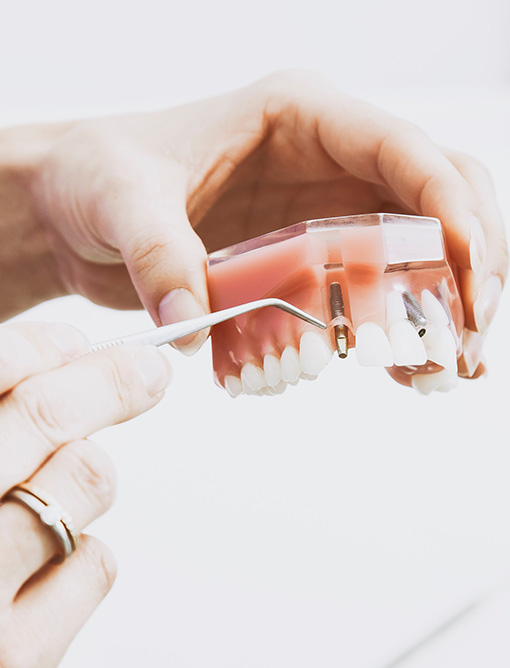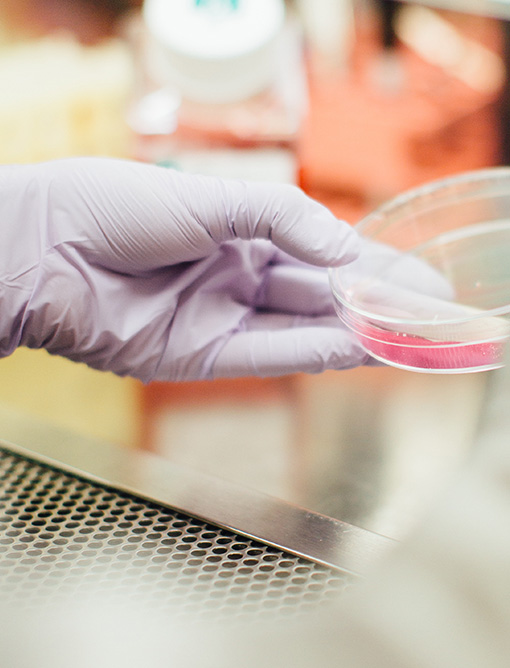Treatment
Cancer Treatment: What Are the Options?
If you’ve recently learned you have cancer, you probably have a lot on your mind. Your doctor may have recommended a treatment plan, and you might worry about what’s involved and how it will make you feel.
It’s normal to be nervous or afraid. One way to ease some of your worries is to learn as much as you can about the treatment and what to expect afterward. It can also give you a sense of control over your disease.
You and your doctor will decide what treatment is best for you based on the type of cancer you have, where it is in your body, and how far it has spread, called the stage of your disease. But in general, there are a few types of treatment that work for many different kinds of cancer.
Here’s a look at some of the options you might have.
Surgery
Most people with cancer will have some type of surgery. The main goal is to remove tumors, tissue, or areas with cancer cells, such as lymph nodes. Doctors also may do it to diagnose the disease or find out how serious it is.
In many cases, surgery offers the best chance of getting rid of the disease, especially if it hasn’t spread to other parts of the body.
Along with a traditional operation, doctors can also fight some types of cancer with:
• Laser surgery (beams of light)
• Electrosurgery (electric currents)
• Cryosurgery (very cold temperatures to freeze cancer cells)
You'll get medication to block pain during and after your surgery. You might also get other meds, such as antibiotics to lower the risk of infection.
Chemotherapy
Chemotherapy uses drugs to kill cancer cells. There are two ways to get it:
“Traditional” Chemotherapy
You get most chemo medications through an injection into a vein.
But you can get some types as a shot in your muscle, under your skin, or as an ointment or cream to put on your skin.
The side effects vary from person to person, even if you have the same type of cancer and get the same treatment as someone else. Some of the most common issues are:
• Fatigue
• Vomiting
• Nausea
• Diarrhea
• Hair loss
• Mouth sores
• Pain
Chemotherapy can sometimes cause long-lasting side effects, like infertility and nerve damage. Talk to your cancer doctor about the risks of your treatment plan and how you can avoid them.
In most cases, you’ll get your chemotherapy at an outpatient clinic. You won’t know how it will make you feel until you’ve had your first treatment. So plan to have someone to drive you home.
Oral (a.k.a. “No Needle”) Chemotherapy
With this type of treatment, you swallow a drug in liquid, tablet, or capsule form at home. It works as well as other forms of chemotherapy for some types of cancer, but not all chemo drugs can be taken by mouth. There are some that the stomach can’t absorb, and others can be harmful if you swallow them. Oral drugs can cost more out-of-pocket than traditional chemo, too.
Again, the side effects can vary, but they’re similar to the ones you’d have with regular chemo.
If your doctor recommends oral chemo, it’s important to take it exactly as prescribed. Call your doctor right away if you can’t keep your medication down because you’re vomiting.
Radiation
This common treatment uses high-energy particles or waves to destroy or damage cancer cells to keep them from spreading. It might be your only treatment, or you might get it along with surgery or chemotherapy.
Radiation itself isn't painful, but afterward you may have pain, fatigue, and skin rashes around the place you got the treatment. Side effects depend on where your cancer is. For example, if you’re having head or neck radiation, you may get a dry mouth.
Other Cancer Treatments
Your doctor may recommend other options as part of your treatment plan, including:
• Targeted therapy, in which drugs work against specific parts of cancer cells to keep them from growing or spreading.
• Immunotherapy, also called biologic therapy, which gets the body’s immune system to fight cancer.
• Hormone therapy, also called hormone treatment or hormonal therapy, which treats cancers that use hormones to grow (such as breast cancer and prostate cancer).
• Stem cell transplants. Doctors use chemo or radiation to destroy as many cancer cells as possible, then try to replace them with healthy stem cells from bone marrow or blood.
• Photodynamic therapy. Doctors inject a special drug into the bloodstream, then use a specific type of light to make it kill cancer cells.
With any cancer treatment, it might take a while before you know how it affects your disease. Stay in touch with your doctor and keep her in the loop about anything that doesn’t feel right. You are the most important part of your cancer care team.
Click here for Download pdf of patient information
Click here for Download pdf of prescribing information
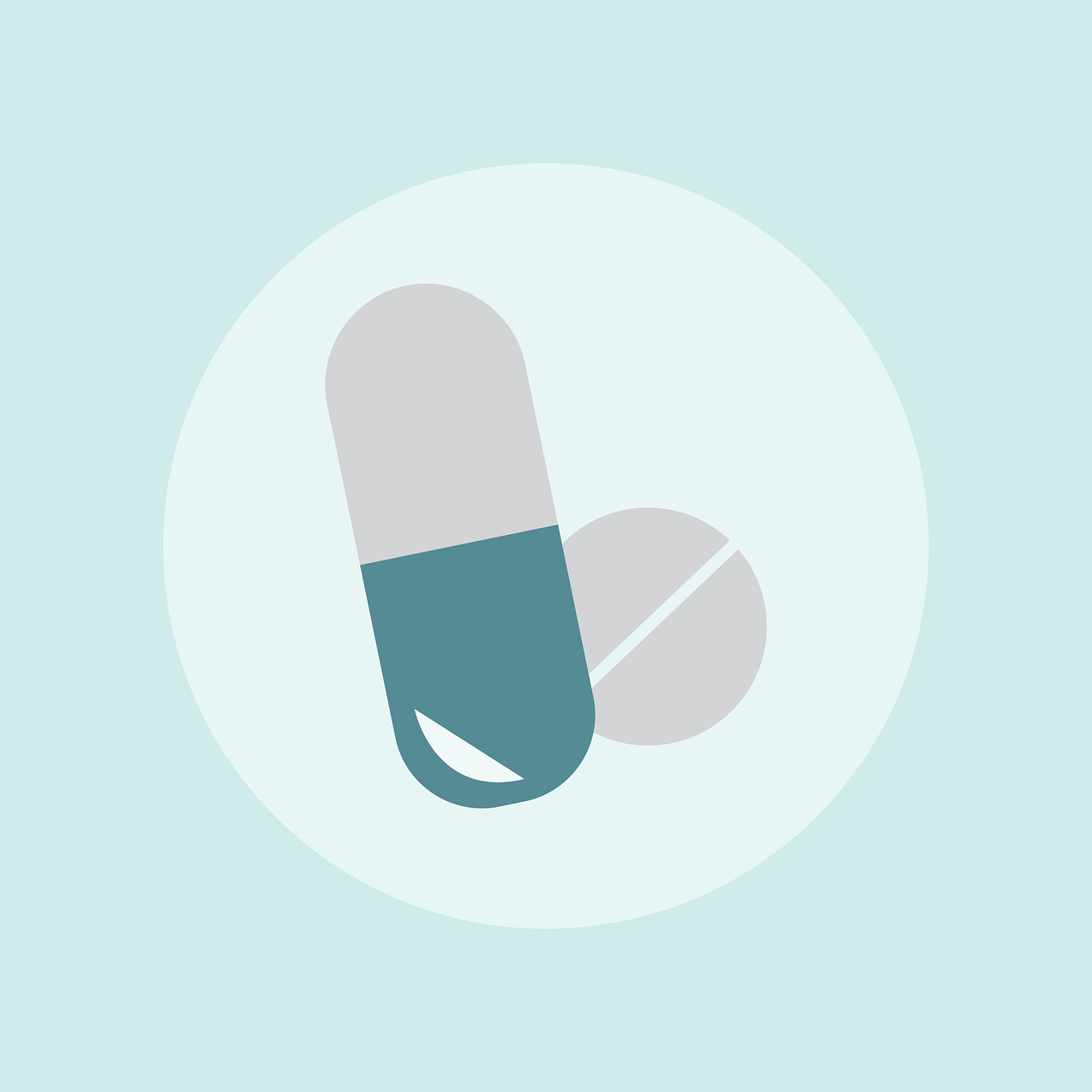
Cytarabine Uses
This medication is usually given by injection into a vein by a health care professional. It may also be given by other methods of injection depending upon your medical condition.
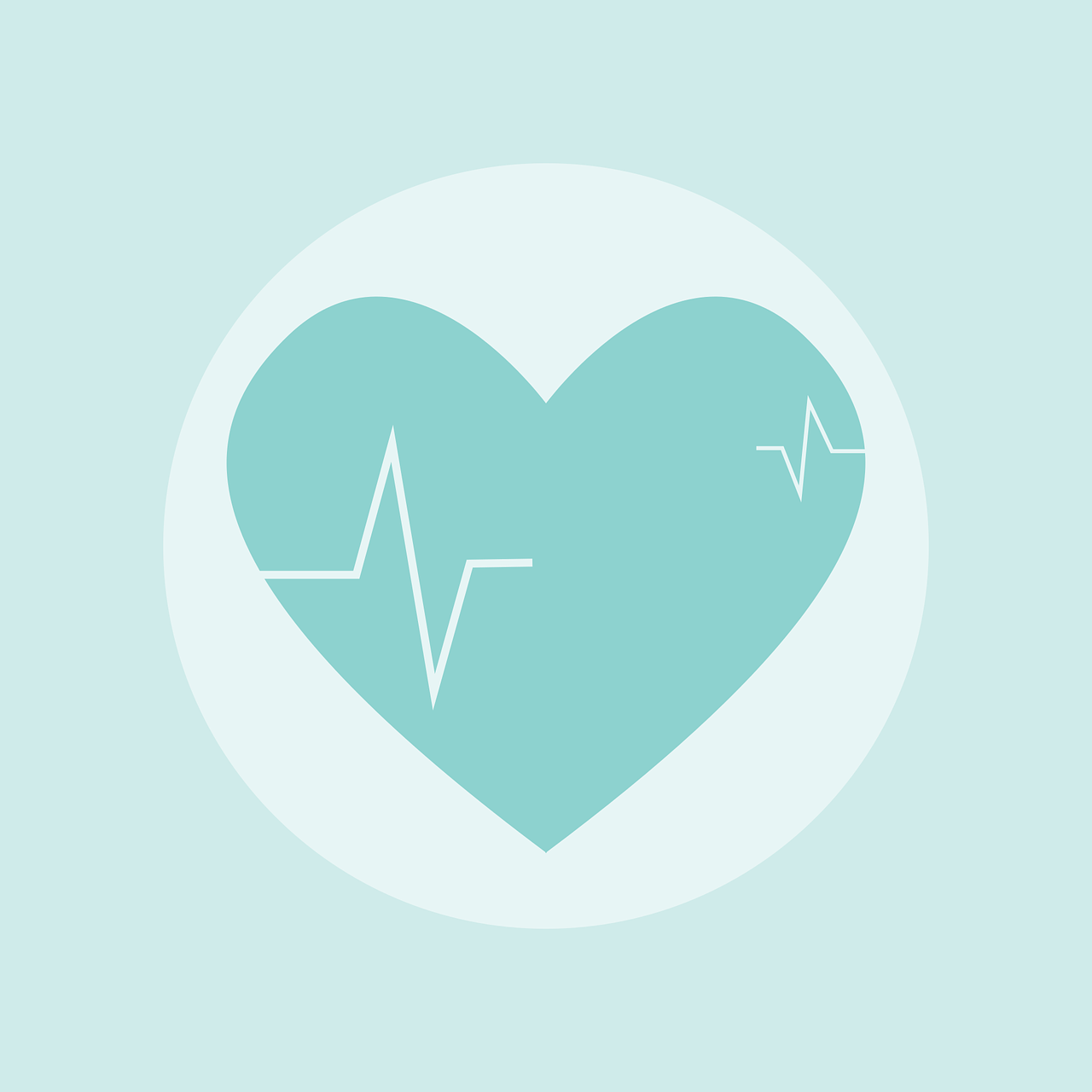
Cytarabine Side Effects
Nausea, vomiting, loss of appetite, diarrhea, headache, dizziness, and pain/swelling/redness at the injection site may occur. Nausea and vomiting can be severe.
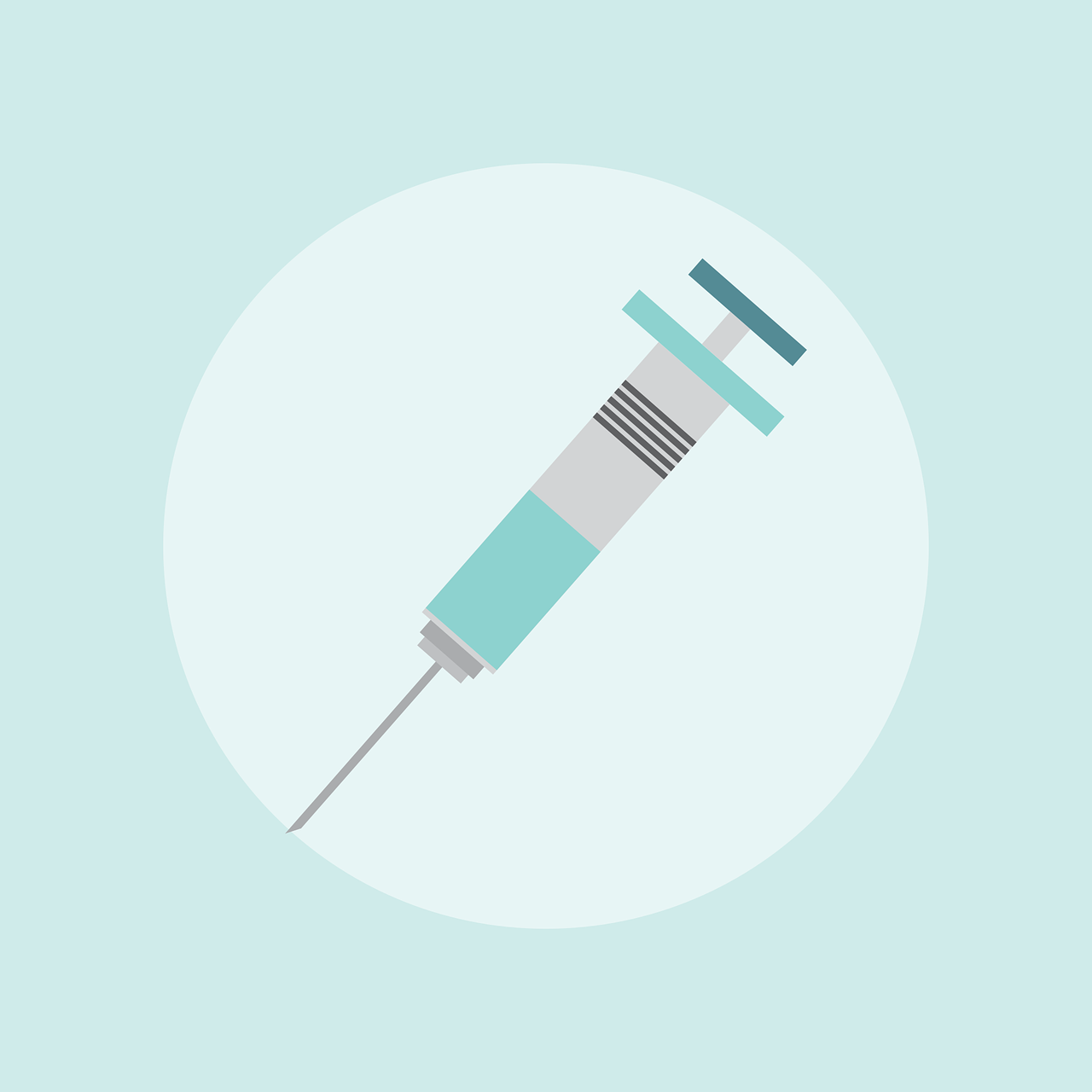
Cytarabine Precautions
Using cytarabine, tell your doctor or pharmacist if you are allergic to it; or if you have any other allergies. This product may contain inactive ingredients, which can cause allergic reactions or other problems.
For Free & Detailed solution: Contact our Experts 24/7
Our Services
Cytarabine is used to treat various types of cancer. It is a chemotherapy drug that works by slowing or stopping cancer cell growth.
We would like to give you an overview of Taj Pharmaceuticals: our background, organization, products, core belief and prospects.
This section displays common question about the Cytarabine Solution for injection or Infusion.
Cytarabine Image Gallery



